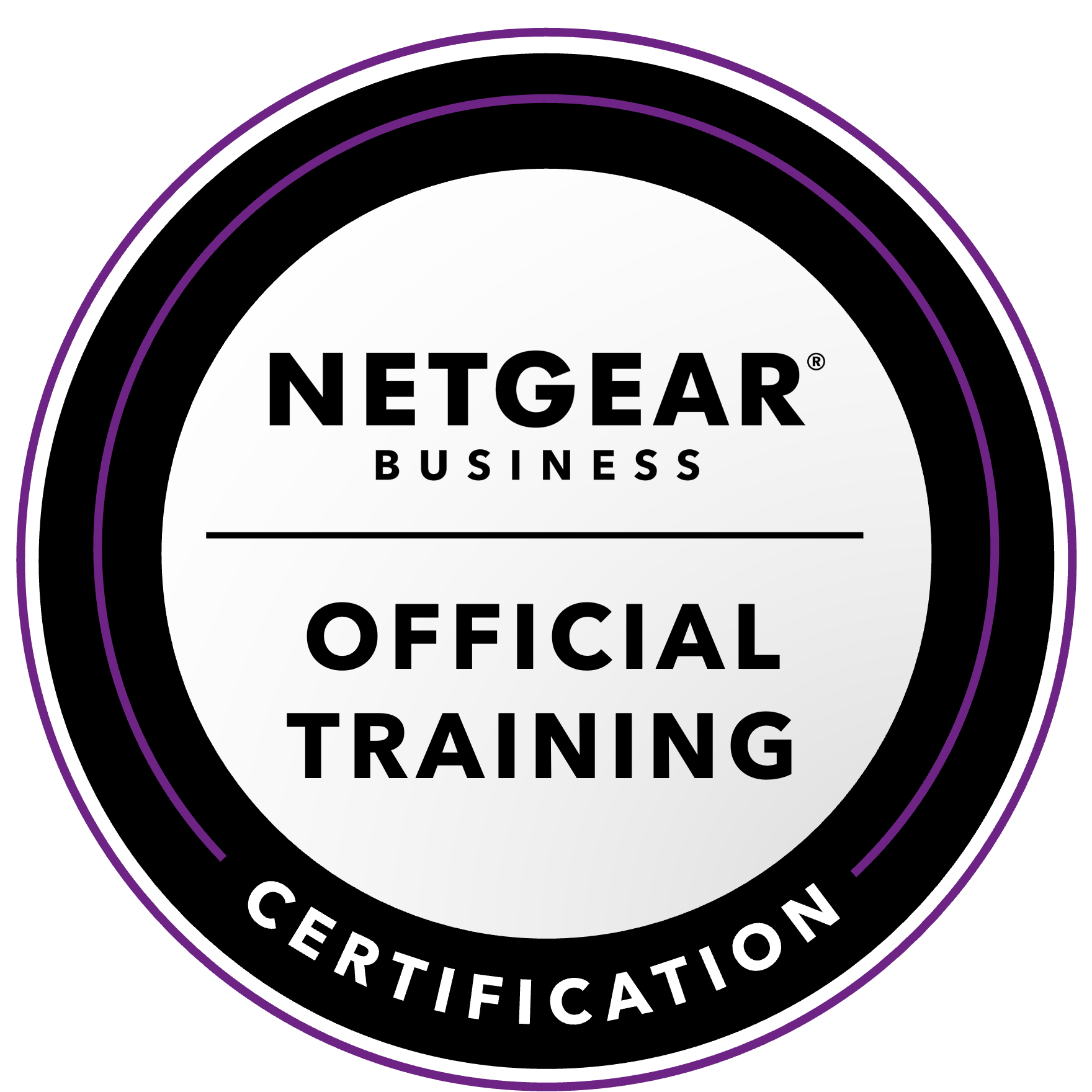NETGEAR is aware of a growing number of phone and online scams. To learn how to stay safe click here.
Forum Discussion
mickmeyers_1807
Jan 06, 2018Aspirant
2 4TB drives into one volume?
Hello, not sure how to word this, but I'm trying to have just one file (volume?) for videos, nothing else. Need info on how to proceed. The NAS will be only accessed from my Plex server. Thanks
Mick
mickmeyers_1807 wrote:
Hello, not sure how to word this, but I'm trying to have just one file (volume?) for videos, nothing else.
If you are looking for 8 TB total storage (not having redundancy protection for failed drives), then you'd want a RAID-0 volume that spans both disks. You'd need to switch to flexraid, destroy the current volume, and then create a new one using that mode. If plex is running on the NAS, you'll need uninstall it (and all other apps) first, and reinstall them after the new volume is created.
The you'd create a videos share for plex.
However, I don't recommend this. First of all, plex doesn't need this. It does allow you to add multiple folders to a library. Secondly, this storage arrangement is very fragile. You'll lose all your videos if either drive fails.
Your best option is to purchase another 4 TB drive, which will give you 8 TB of total storage in one volume with protection from a single drive failure. Then if one disk fails, you can replace it conveniently. It will also make is simpler to expand your space as your video collection grows - you can just add a fourth 4TB disk, or upgrade a pair of disks to a larger size.
Another option is to create two 4 TB volumes (one per disk), and put one share on each (videos-1 and videos-2 perhaps). Balance the size on each disk (approximately) to maintain good free space. Then add both shares to your plex library. You can add two more volumes over time (since you have a 4-bay system).
Though I suspect you actually will want multiple plex libraries (perhaps one for TV shows, one for movies, one for home videos). It's convenient to put those into separate shares, instead of subfolders in a single share. You can easily adapt the two-volume approach above to multiple shares (either putting some shares on each volume, or adding movies-1, movies-2, etc.
One thing to consider is the practical difficulty of re-creating a large media library. RAID redundancy protection reduces the need to do that, getting a UPS is also helpful. But RAID+UPS protection isn't enough to keep your files safe. You'll need backup(s) on other devices to ensure that. USB drives are probably the most affordable way, though you can also use another NAS or cloud backup.
Personally I use other local NAS for backup, combined with Crashplan Cloud backup for disaster recovery. My NAS isn't dedicated to media, it consolidates all my storage (financial records, etc). But I use the same approach for media backup as I do for other files.
3 Replies
Replies have been turned off for this discussion
- StephenBGuru - Experienced User
mickmeyers_1807 wrote:
Hello, not sure how to word this, but I'm trying to have just one file (volume?) for videos, nothing else.
If you are looking for 8 TB total storage (not having redundancy protection for failed drives), then you'd want a RAID-0 volume that spans both disks. You'd need to switch to flexraid, destroy the current volume, and then create a new one using that mode. If plex is running on the NAS, you'll need uninstall it (and all other apps) first, and reinstall them after the new volume is created.
The you'd create a videos share for plex.
However, I don't recommend this. First of all, plex doesn't need this. It does allow you to add multiple folders to a library. Secondly, this storage arrangement is very fragile. You'll lose all your videos if either drive fails.
Your best option is to purchase another 4 TB drive, which will give you 8 TB of total storage in one volume with protection from a single drive failure. Then if one disk fails, you can replace it conveniently. It will also make is simpler to expand your space as your video collection grows - you can just add a fourth 4TB disk, or upgrade a pair of disks to a larger size.
Another option is to create two 4 TB volumes (one per disk), and put one share on each (videos-1 and videos-2 perhaps). Balance the size on each disk (approximately) to maintain good free space. Then add both shares to your plex library. You can add two more volumes over time (since you have a 4-bay system).
Though I suspect you actually will want multiple plex libraries (perhaps one for TV shows, one for movies, one for home videos). It's convenient to put those into separate shares, instead of subfolders in a single share. You can easily adapt the two-volume approach above to multiple shares (either putting some shares on each volume, or adding movies-1, movies-2, etc.
One thing to consider is the practical difficulty of re-creating a large media library. RAID redundancy protection reduces the need to do that, getting a UPS is also helpful. But RAID+UPS protection isn't enough to keep your files safe. You'll need backup(s) on other devices to ensure that. USB drives are probably the most affordable way, though you can also use another NAS or cloud backup.
Personally I use other local NAS for backup, combined with Crashplan Cloud backup for disaster recovery. My NAS isn't dedicated to media, it consolidates all my storage (financial records, etc). But I use the same approach for media backup as I do for other files.
- mickmeyers_1807Aspirant
Thank you for the help, maybe you can help me with this question. I have an old server running windows server 2012, which is too much for me. I'm thinking of either making this into a NAS backup (it has 8TB of storage) which i could back up my netgear NAS to. Or running another server program which is much easier for a neophyte like myself to use, perferably thattt runs off a thumb drive. Any recommendations? Also am i able to run Netgear Nas software on this old server? thnks
mick
- StephenBGuru - Experienced User
You won't be able to install ReadyNAS software onto the old Windows Server PC, because the ReadyNAS hardware is somewhat specialized.
You can still back up the NAS to the server. One approach is to set up one or more network share(s) on the PC, and then use the built-on Windows Backup Jobs in the ReadyNAS. Another is to run backup software on the PC, using the NAS as the source. FreeFileSync is one package you could look at.
Either way, you could leave Windows Server running on the PC, or install some flavor of Windows 10 if you prefer that.
Related Content
NETGEAR Academy

Boost your skills with the Netgear Academy - Get trained, certified and stay ahead with the latest Netgear technology!
Join Us!
